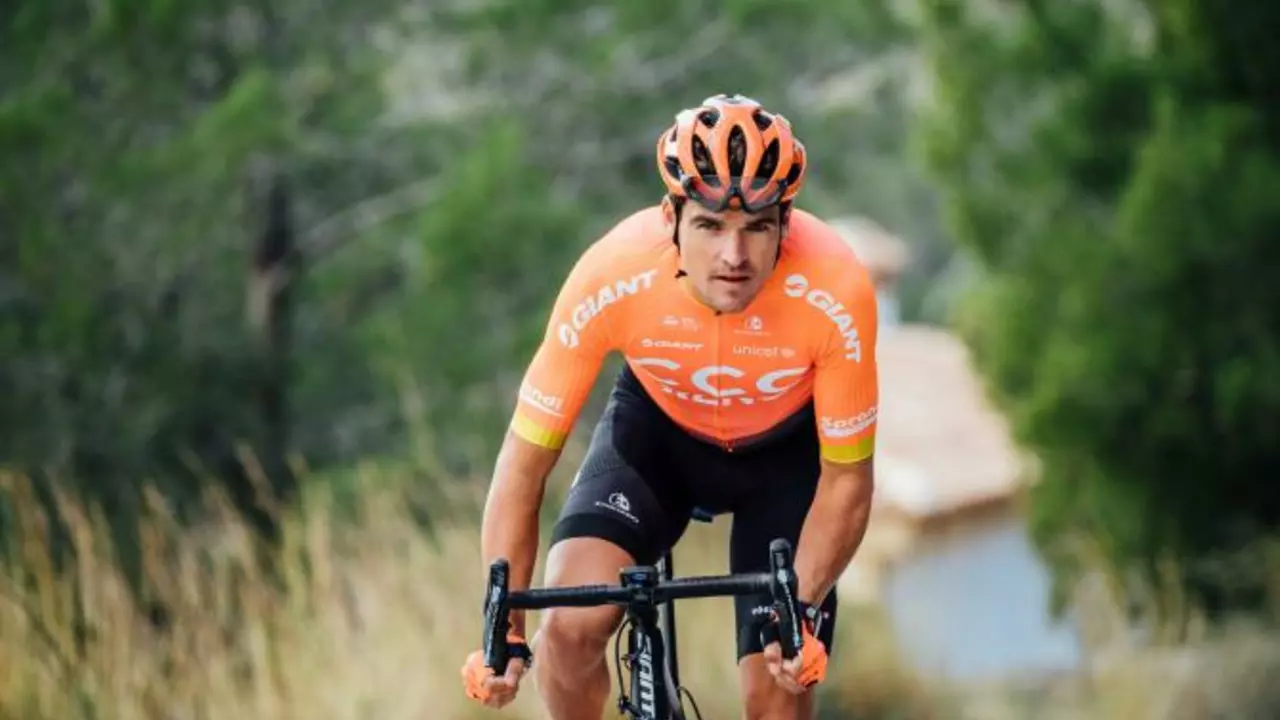Why Do We Cycle? Real Reasons Explained
Ever wonder why cyclists do the things they do? From post‑race rides to choosing ultra‑light Tour de France bikes, the answers are simpler than you think. Below we break down the most common reasons, backed by everyday experience and a dash of science.
Keeping the Pedals Moving After a Race
Most riders keep cycling once the finish line is crossed because their muscles need a gradual cooldown. Slowing down a bit helps flush out lactic acid, reduces stiffness, and prevents that “tin‑man” feeling you get after a hard effort. It’s also a mental wind‑down – a chance to savor the ride and chat with teammates before heading to the recovery zone.
Why Tour de France Bikes Outperform Regular Bikes
Tour de France machines are built for speed and endurance. Their carbon‑fiber frames are ultra‑light yet super stiff, turning every pedal stroke into forward motion. Aerodynamic tube shapes cut wind resistance, while electronic shifting lets riders change gears in a split second. A regular bike can get you around town, but a race‑grade bike turns a steep climb into a sprint.
Women have also been pushing the limits. Riders like Kathryn Bertine have campaigned hard for a women’s Tour de France, showing that talent isn’t gender‑specific. Their presence drives manufacturers to design lighter frames and better fit options for every rider.
Cross‑training is another big reason people hop on a bike. Cycling builds leg strength that running can’t target, especially the quads and glutes. The low‑impact nature protects joints, letting you log miles without the pounding of pavement. Many runners report faster race times after adding a few cycling sessions each week.
If you’re eyeing a specific distance, cycling 5 km a day counts as solid exercise. It boosts cardiovascular health, burns calories, and fits easily into a busy schedule. Even a short ride can lift mood and improve circulation, making it a practical habit for anyone looking to stay active.
Stationary bikes offer the same benefits at home. Riding daily is safe as long as you keep your seat adjusted, stay hydrated, and listen to your body. Mix in light stretches and you’ll avoid overuse injuries while still getting a solid cardio session.
Even gear choices matter. Some riders wonder whether bike shorts are a must. While they provide cushioning and reduce chafing, a well‑fitted saddle and a bit of chamois cream can make a short ride comfortable without them. For longer distances, though, proper shorts are worth the investment.
Finally, the community aspect fuels many reasons to ride. Teams in the Tour de France show how collaboration boosts performance – drafting, sharing food, and cheering each other on. On a local level, group rides give you accountability, motivation, and a chance to learn new routes.
So whether you’re cooling down after a race, chasing speed, or just looking for a low‑impact workout, the reasons to ride are clear: better health, smarter training, and a supportive community. Grab your bike and start pedaling – the answers are already waiting on the road.
Why do cyclists wear bike shorts?
Cyclists wear bike shorts primarily for comfort and efficiency. These shorts are typically padded and made from tight, stretchy fabric that reduces air resistance and allows for better movement. They also help to minimize chafing and wick away sweat, making long rides more bearable. Basically, the design of bike shorts is aimed at providing the maximum support and comfort to the rider. So, if you're planning on cycling long distances, investing in a good pair of bike shorts may be a wise move.
More